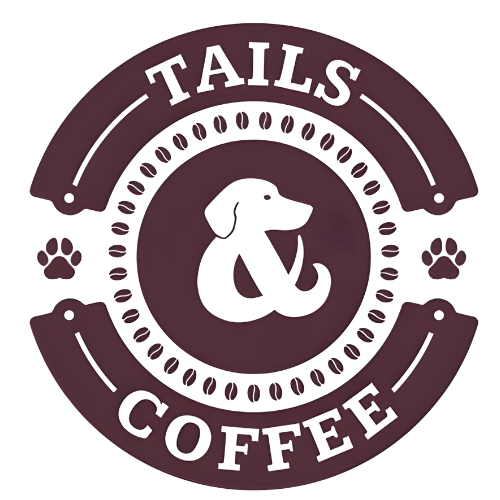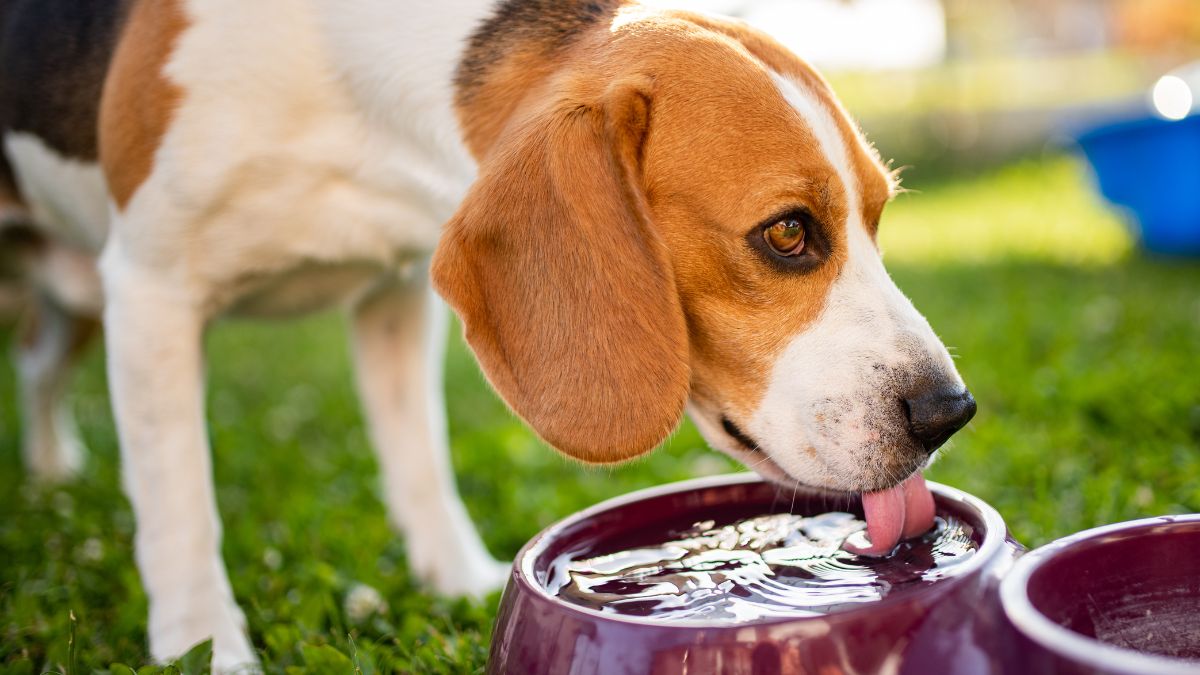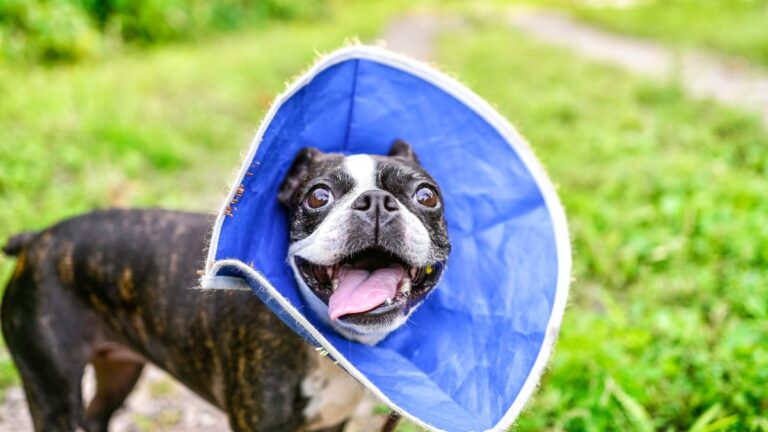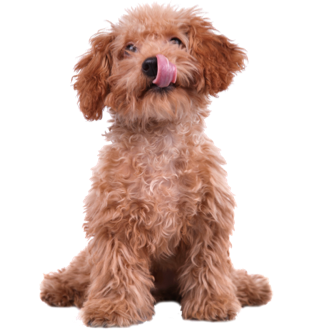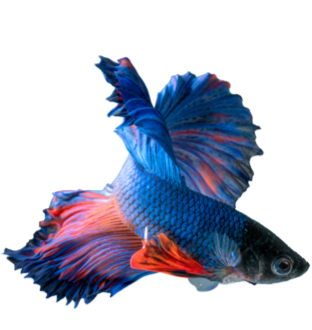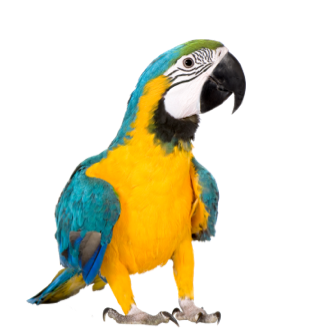When you’re out with your dog, spotting a public water bowl may seem convenient. But is it safe for dogs to drink from shared water sources? While these bowls provide easy hydration, they can carry pathogens that may be harmful to your dog’s health. Knowing the risks can help you make informed choices about keeping your dog hydrated safely. Here’s everything you need to know about shared water bowls and how to protect your pup.
Can Dogs Share Water Bowls?
Dogs naturally get thirsty, and shared water bowls seem like a quick solution, but several factors should be considered. These include the location and condition of the bowl, the health of the other dogs using it, and the cleanliness of the water. While some dogs may use communal bowls without issue, these bowls can become breeding grounds for bacteria and parasites, posing health risks to your dog.
Risks of Public Water Bowls
Communal water bowls are often found at dog parks, outdoor events, and near stores and restaurants. Although convenient, they may contain harmful bacteria and viruses. Here are some of the primary health risks:
1. Contamination
Multiple dogs drinking from the same bowl increase the chance of contamination from saliva, bacteria, viruses, or parasites. This contamination can spread diseases like canine influenza, kennel cough, and leptospirosis.
Expert Insight: “Dogs tend to step in water bowls and may even urinate or defecate near them, unknowingly introducing pathogens into the water,” says Lindsay Butzer, DVM. These pathogens can then be easily transmitted to other dogs through shared water sources.
2. Hygiene Concerns
Communal bowls may not be cleaned frequently enough to prevent the buildup of harmful organisms. Stagnant water especially can become a breeding ground for bacteria. Drinking from unclean bowls can be especially risky for dogs with compromised immune systems, puppies, and senior dogs.
3. Behavioral Issues
Some dogs are territorial around water bowls, which can lead to aggression or fights in social settings. A resource-guarding dog may growl or even bite if another dog approaches “their” bowl, creating a potentially unsafe environment.
Tip: If your dog tends to guard food or water, bring their own bowl to avoid triggering conflicts with other dogs.
Diseases Spread Through Shared Water Bowls
Public water bowls may carry diseases or parasites that can infect your dog. Here are some common illnesses to watch out for:
1. Intestinal Parasites (e.g., Roundworms, Hookworms)
Parasites from fecal matter in water bowls can cause intestinal infections. Roundworms and hookworms, for instance, can lead to digestive distress and malnutrition in dogs.
2. Giardia
Giardia is a parasite that spreads through fecal contamination and thrives in standing water. It can cause diarrhea, weight loss, and dehydration, particularly dangerous for puppies and dogs with weakened immune systems.
3. Leptospirosis
This bacterial infection, found in moist areas, affects the liver and kidneys and is particularly harmful during late summer and fall. It can also be transmitted to humans, making it essential to avoid contaminated water sources.
4. Canine Papilloma Virus
This virus can spread through saliva, with symptoms such as warts around the dog’s mouth. While it’s often harmless, it can be uncomfortable and can easily spread in social settings.
5. Kennel Cough
Kennel cough, a highly contagious respiratory infection, spreads through saliva and can cause coughing, fever, and reduced appetite. Communal bowls are a potential transmission route, especially in crowded environments like dog parks.
6. Salmonella
Salmonella can live in stagnant water and may infect dogs as well as humans. Symptoms include vomiting, diarrhea, and fever. To protect your dog, avoid shared water sources if they appear unclean.
Safety Tips for Dog Water Bowls
While shared water bowls can be risky, there are ways to keep your dog hydrated safely while avoiding potential health hazards. Here are some helpful strategies:
1. Bring a Portable Water Bowl
To control cleanliness, bring your own portable water bowl and a fresh water supply. Portable water bowls are easy to clean and provide a safe alternative for your dog when you’re out and about.
2. Choose Stainless Steel or Ceramic Bowls
Stainless steel bowls are easy to clean and resist bacterial buildup. If fragility is not a concern, ceramic bowls also work well for minimizing microorganism growth.
3. Inspect Public Bowls Carefully
If you must use a public water bowl, inspect it for contaminants like leaves, dirt, and debris. If the water appears dirty or has visible particles, it’s safer to skip it and offer your own fresh water.
4. Clean Bowls Regularly at Home
Keeping your dog’s water bowl clean is crucial, even at home. Regular cleaning reduces the risk of bacterial buildup, and stainless steel or ceramic materials are best for easy sanitation. Wash bowls daily, especially in multi-pet households.
5. Avoid Stagnant or Unattended Water Sources
Puddles or stagnant water sources outdoors may look inviting but often contain harmful bacteria or parasites. Steer your dog away from these areas, as they pose similar risks to communal water bowls.
FAQs: Shared Water Bowls and Dog Safety
Yes, dogs in the same household can typically share a water bowl, as they are already exposed to each other’s bacteria. However, if one dog is sick, provide separate bowls to reduce the risk of spreading illness.
Watch for signs such as diarrhea, vomiting, lethargy, fever, or coughing. These symptoms may indicate an infection. If your dog shows any of these symptoms after drinking from a communal bowl, consult your veterinarian promptly.
Cleanliness varies depending on the setting. Water bowls in managed spaces, like pet-friendly stores, may be safer if staff clean them regularly. However, it’s still best to bring your own water source.
Stainless steel is durable, non-porous, and easy to clean, making it a hygienic option for water bowls. It resists bacteria buildup better than plastic and is generally dishwasher-safe, ensuring a deeper clean.
Daily cleaning is recommended, especially if multiple pets share a bowl. If you’re traveling or hiking, clean portable bowls after each use to prevent bacteria buildup.
1
Conclusion
When it comes to your dog’s hydration, safety is key. Shared water bowls may seem convenient, but they come with risks. Parasites, bacteria, and viruses can spread easily, especially in crowded or unclean settings. Protect your dog by carrying a portable bowl and a fresh water supply whenever possible. By taking these precautions, you’ll keep your dog healthy, hydrated, and ready for their next adventure with peace of mind.
